
 By Victor Duda
By Victor Duda
The new phase of Russia's energy war against Ukraine makes the heating season potentially more difficult than the winter of 2022-2023, when massive attacks caused blackouts for more than 10 million people. Energy experts note a more cynical tactic: instead of "carpet bombing" of the energy sector throughout the country, the enemy uses "staged bite-off" of the energy systems of the regions. Ukrainian Pravda writes about this.
According to the publication, the Russians are implementing this plan, initially carrying out local drone attacks on the front-line areas: Sumy, Chernihiv, Kharkiv, Odesa, Mykolaiv, and Dnipropetrovsk. These strikes destroy power generation, substations of "Ukrenergo" and "oblenergo". In particular, in August-September 2025, an average of 10-40 Russian UAVs attacked one object. Then there were massive ballistic strikes on TPPs, HPPs, CHPs, as happened on October 10.
The goal of such attacks is to unbalance the energy system, to divide it into "left-bank" and "right-bank" parts along the conditional watershed, electricity shortage in the east of the country, which traditionally consumes a lot of energy, and which currently has a destroyed generation. Weakened flows will lead to a cascade of accidents. The next steps of the Russians may be strikes on the thermal plants of western Ukraine and nuclear distribution stations, which will cause frequency jumps.
Oleksandr Kovalenko, a military-political columnist of the "Information Resistance" group, describes the tactics of the Russian occupiers regarding the energy system of Ukraine as an attempt to gradually turn off electricity in certain regions, regions and districts. This differs from the methods used in 2022-2023, when targets across the country were struck simultaneously. Now the focus is on specific regions, for example, Kharkiv or Sumy.
After turning off one region, they move to another, which creates a significant deficit, especially on the left bank of Ukraine. "As a result, when there is a complete blackout on the left bank, this may not happen on the right bank, but it leads to a general imbalance of the energy system. The Russians seek to influence precisely because of this imbalance, and not simply through the complete destruction of the CHP or mass blackouts.
Eastern Ukraine is more vulnerable to the influence of fire due to its proximity to the occupiers, while Western Ukraine is less accessible. The goal is not only to disconnect Kharkiv, Sumy or Poltava regions, but to create an effect that will spread to Central and Western Ukraine without direct strikes on them," Kovalenko says to Focus.
Thus, according to the expert, the enemy is trying to provoke a cascading accident throughout the country, where blackouts in some regions will cause a chain reaction in others, even those that have not experienced massive missile attacks. This happens precisely because of the imbalance in the entire system. Regarding countering such threats, according to Kovalenko, the solution seems simple, although it requires effort. The main thing is to strengthen anti-aircraft defense comprehensively.
This includes short- and medium-range anti-aircraft missile systems, mobile fire groups, anti-aircraft drones, electronic warfare systems, aviation, helicopters and light aircraft - all available assets. This is an active protection method. "The passive approach consists in the installation of protective structures. They do not give a 100% guarantee, but they minimize destruction from strikes, for example, kamikaze drones of the Shahed-136 type.
Against ballistic or cruise missiles, it is air defense that is needed, but for drone raids, metal frames and similar structures are effective, which reduce damage," the observer adds. According to Kovalenko, this information is not secret - it has been known since 2022, and measures were already being implemented then. However, as can be seen, there are still significant shortcomings in some aspects.
Journalist and military observer Denys Popovych shares his impressions of the consequences of shelling by Russian forces of Ukraine's energy infrastructure. After the first strike, when blackouts lasted more than 12 hours, he had serious doubts about the quality of preparation for such attacks. He notes that once the shelling has already begun, it is impossible to quickly make up for what has not been done for almost two years.
The expert hopes for an anti-aircraft defense system that should work effectively and for those defense measures that were nevertheless managed to be implemented in advance. "All hope is on air defense, on the fact that what was managed to be done will work, and on the work of repairmen who will eliminate the consequences," Popovych emphasizes.
The military observer advises everyone to prepare in advance: check and prepare generators, power banks, charging stations and other autonomous power sources. This will help you survive blackouts without significant inconvenience. We will remind that during the week, the Russian Federation struck Naftogaz facilities three times. The goal is to leave Ukrainians with gas and heat in winter. Strikes become more accurate thanks to intelligence.


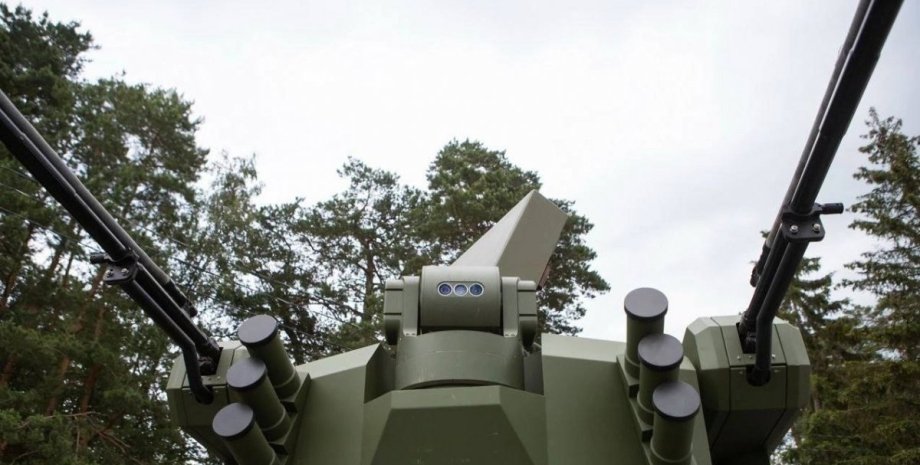

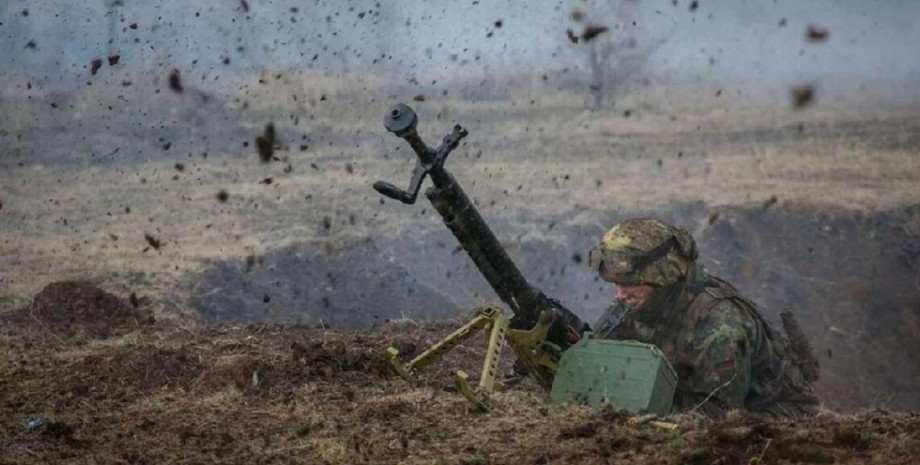

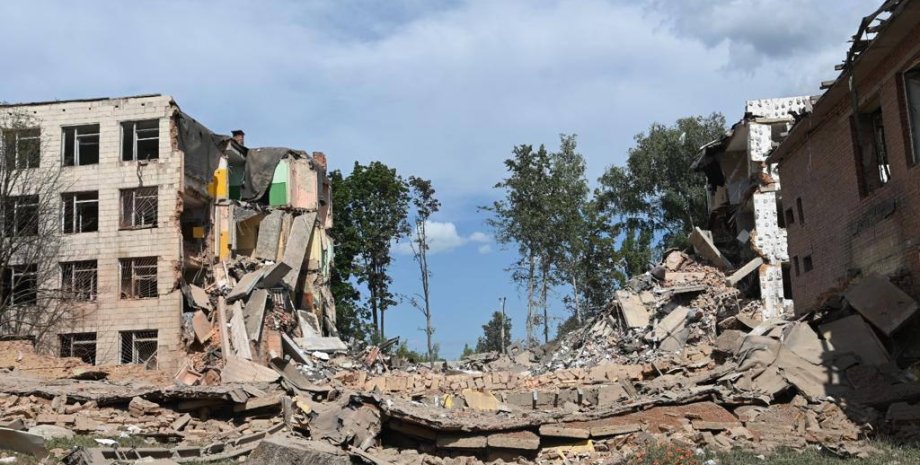
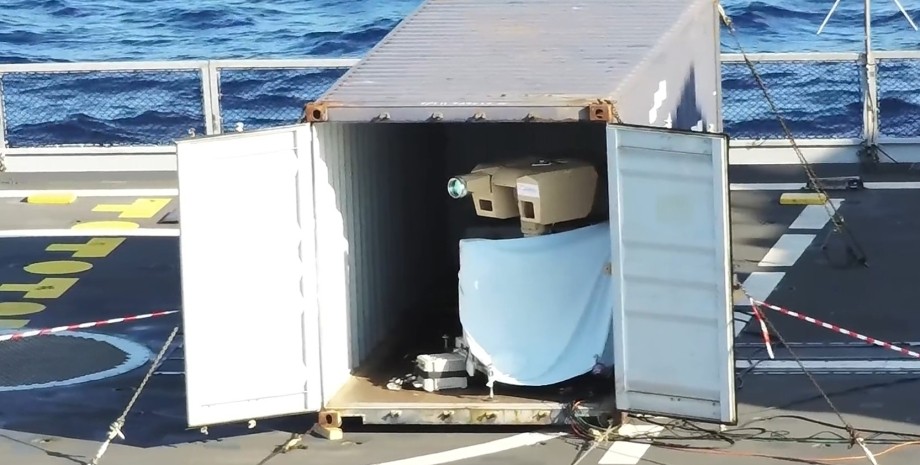

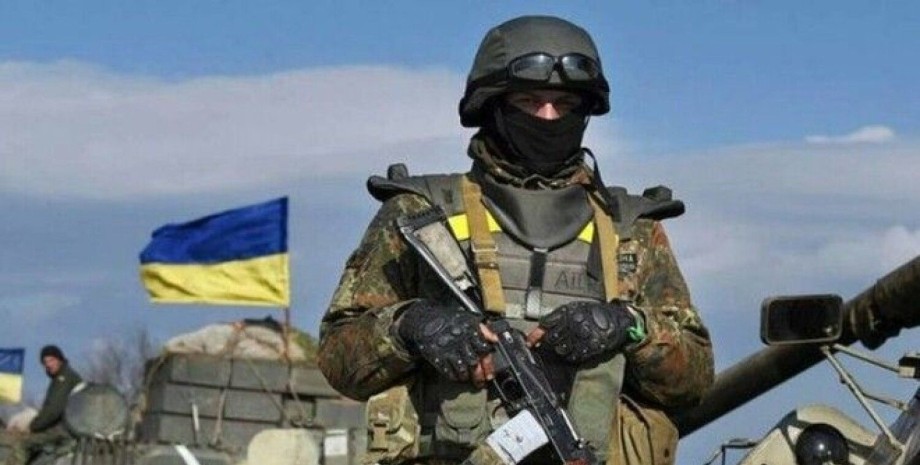
All rights reserved IN-Ukraine.info - 2022